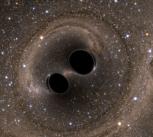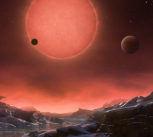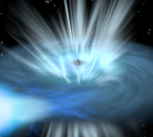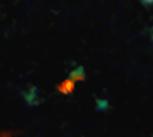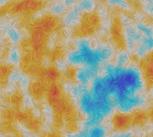A force to be reckoned with
27 November 2017Gravity is one of the universe's great mysteries. We decided to find out why.
Think you know what gravity is? Think again. New research is revealing how little we know about this most mysterious of forces.


